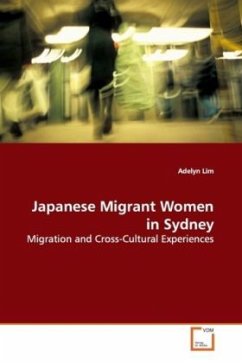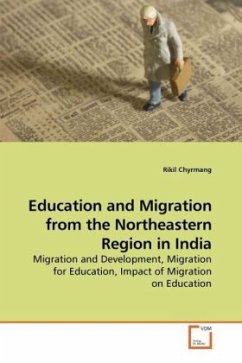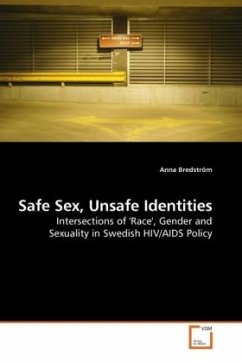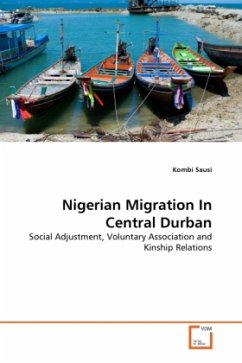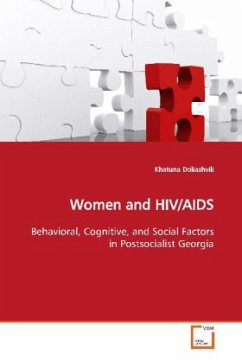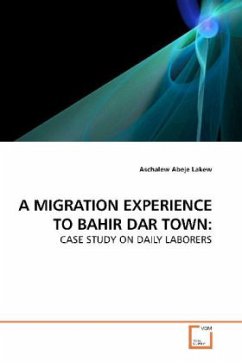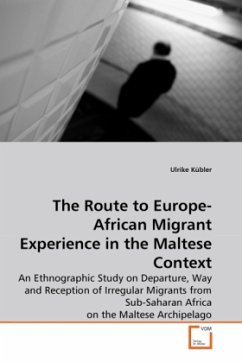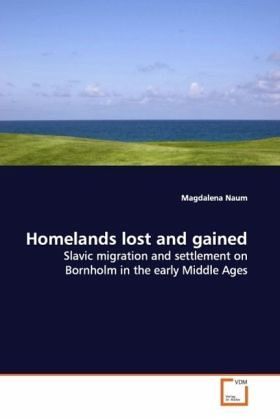
Homelands lost and gained
Slavic migration and settlement on Bornholm in the early Middle Ages
Versandkostenfrei!
Versandfertig in 6-10 Tagen
52,99 €
inkl. MwSt.

PAYBACK Punkte
26 °P sammeln!
This book addresses several key questions related to archaeological research on migration and to the processes that follow human translocations. A holistic and contextual approach to the studies of migration in the past is proposed and tested on a case study of early medieval Slavic migration to the island of Bornholm (Denmark). The analyses form the basis for a discussion on the possible effects of resettlement on the creation of immigrant identity, immigrants perception of themselves, and their positioning between the homelands that they have recently lost and the new landscapes that they fo...
This book addresses several key questions related
to archaeological research on migration and to the
processes that follow human translocations. A
holistic and contextual approach to the studies of
migration in the past is proposed and tested on a
case study of early medieval Slavic migration to the
island of Bornholm (Denmark). The analyses form the
basis for a discussion on the possible effects of
resettlement on the creation of immigrant identity,
immigrants perception of themselves, and their
positioning between the homelands that they have
recently lost and the new landscapes that they found
themselves in. The study considers how to approach
early historical migrations in archaeology to
account for the complexity of the subject. It
touches upon questions related to the nature of
routines, habits and everyday interactions with
material things in human life and the way they might
have been affected by translocation. It also
explores the process of translation of a foreign
landscape into a homeland. The study should
interest students and scholars in the fields of
archaeology, medieval history and migration studies.
to archaeological research on migration and to the
processes that follow human translocations. A
holistic and contextual approach to the studies of
migration in the past is proposed and tested on a
case study of early medieval Slavic migration to the
island of Bornholm (Denmark). The analyses form the
basis for a discussion on the possible effects of
resettlement on the creation of immigrant identity,
immigrants perception of themselves, and their
positioning between the homelands that they have
recently lost and the new landscapes that they found
themselves in. The study considers how to approach
early historical migrations in archaeology to
account for the complexity of the subject. It
touches upon questions related to the nature of
routines, habits and everyday interactions with
material things in human life and the way they might
have been affected by translocation. It also
explores the process of translation of a foreign
landscape into a homeland. The study should
interest students and scholars in the fields of
archaeology, medieval history and migration studies.




